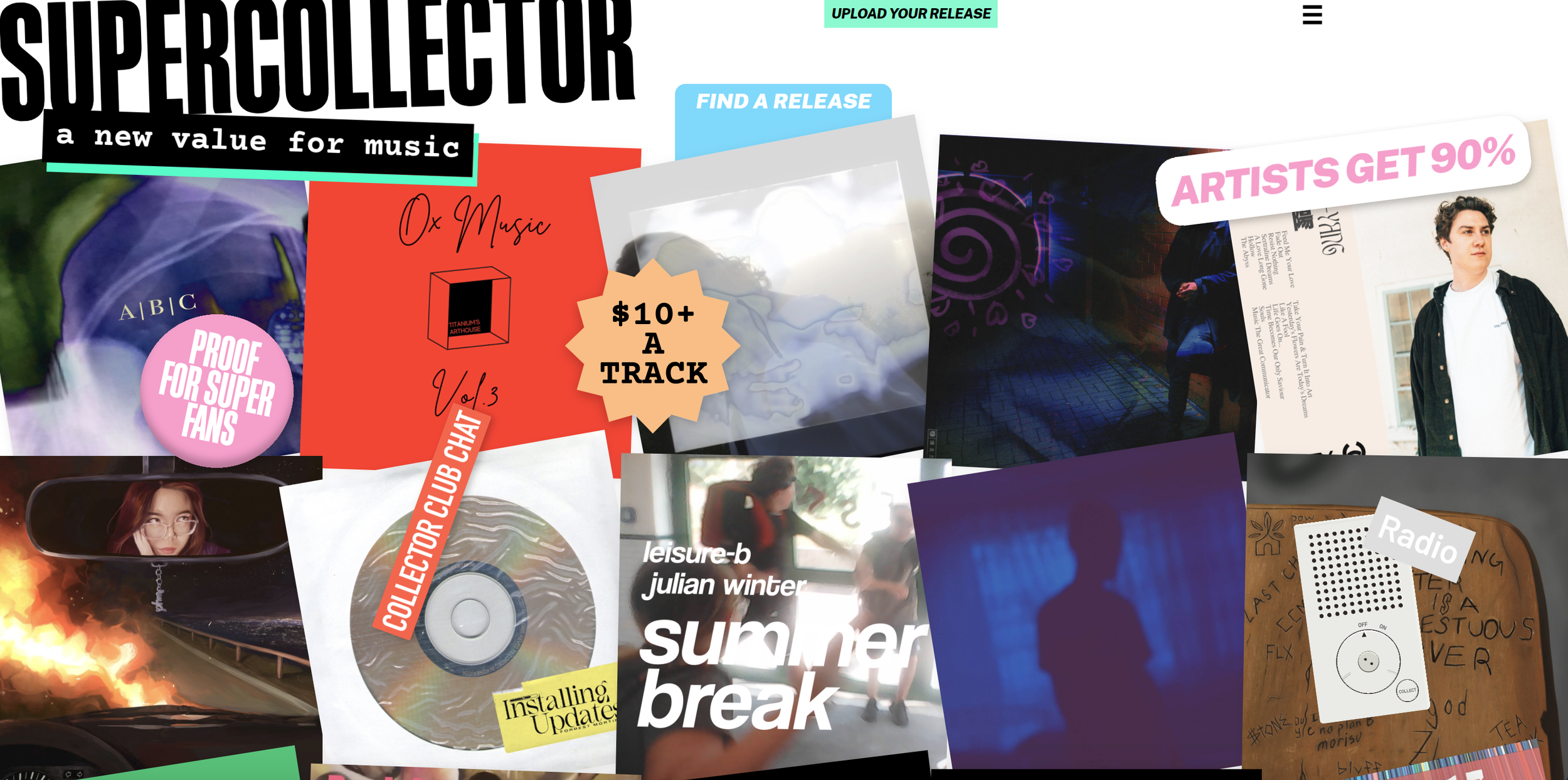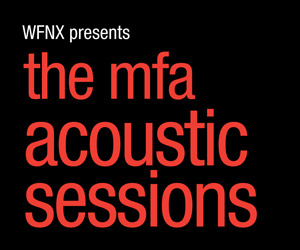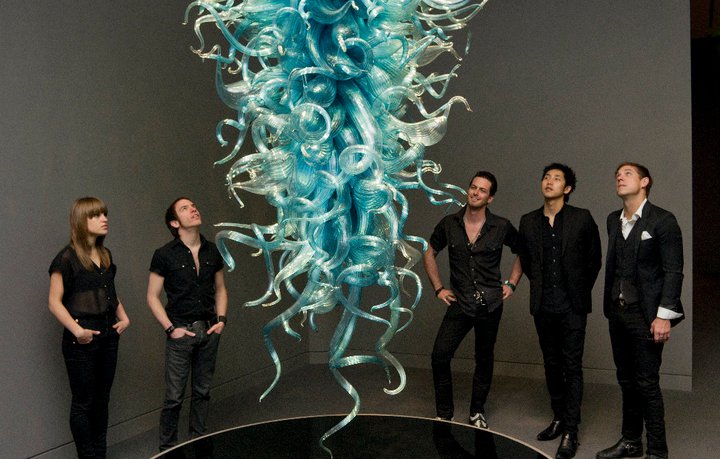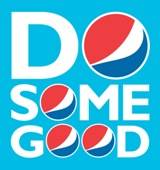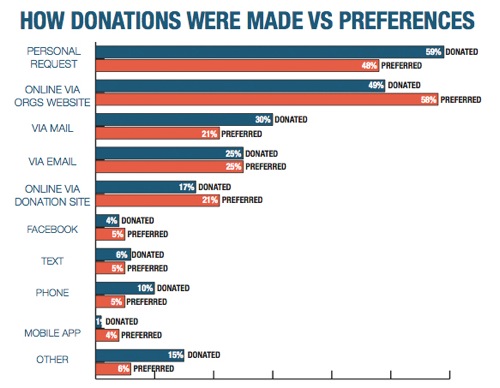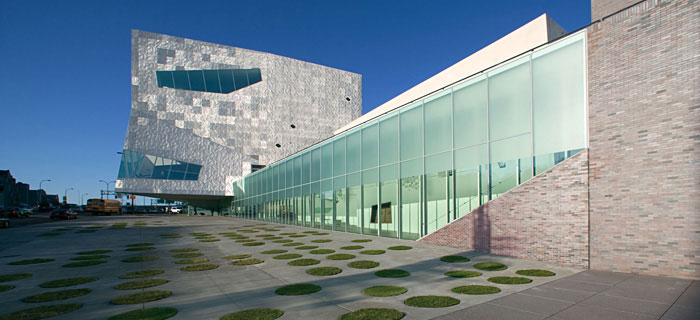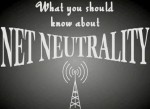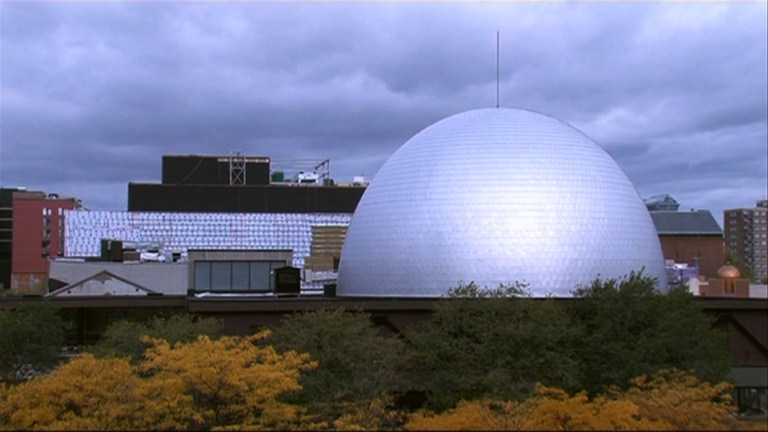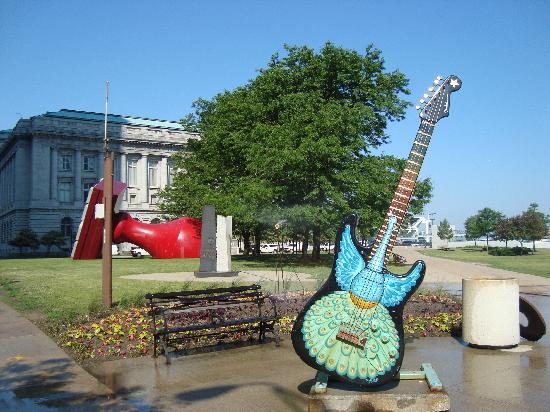 The past couple of years have been rough on America’s cities. The recession, job losses, budget cuts, and more people moving to the suburbs have all resulted in less tax revenue and a sense of unease about their future. Through these struggles, the cities have to consider questions like: What steps can be taken to foster economic growth? How can we become a player in an increasingly competitive global marketplace?
The cities of the Rust Belt, however, have had it a little worse. Unlike booming cities like Phoenix or Houston, cities like Detroit, Cleveland, and Pittsburgh are losing residents, with a fear that population losses will continue unless something drastic is done to “save the city.”
The past couple of years have been rough on America’s cities. The recession, job losses, budget cuts, and more people moving to the suburbs have all resulted in less tax revenue and a sense of unease about their future. Through these struggles, the cities have to consider questions like: What steps can be taken to foster economic growth? How can we become a player in an increasingly competitive global marketplace?
The cities of the Rust Belt, however, have had it a little worse. Unlike booming cities like Phoenix or Houston, cities like Detroit, Cleveland, and Pittsburgh are losing residents, with a fear that population losses will continue unless something drastic is done to “save the city.”
But instead of looking to traditional approaches like building an expensive sports stadium, performing arts complex or shopping malls, residents in cities like Cleveland and Detroit are taking a different route: embracing what Grist calls “Rust Belt chic,” the gritty, industrial, working class roots that embody and define the cities. One of the ways these cities are embracing this new dynamic is through the arts, and proving that having a thriving arts city doesn’t require investments or new arts venues: sometimes, all you need is to do is tap into what makes your city unique.
Much has been made about the struggles that face cities like Cleveland, Detroit, and Pittsburgh. This “Rust Belt chic,” first dreamed up by the “I Will Shout Youngstown” blog, based out of Youngstown, Ohio, can be best described by Governing magazine:
“A certain fascination with places that have fallen on hard times like the Rust Belt…has taken hold. Part of it is the scruffy, industrial look. It may also be a rejection of cities with gleaming condo towers, bistros and boutiques that were once so trendy yet now seem so frothy and fake.”
In other words, instead of trying to compete with the New York’s and LA’s of the world for visitors and potential residents, think different.
Cities all across the Rust Belt are taking this approach. But what many cities are doing is taking a low cost and high reward strategy towards economic development, which includes the arts community in a big way.
One example, as I wrote about in a recent post, is Detroit, who is embracing the arts community by providing tools and equipment to up-and-coming artists, fostering a sense of community for new artists moving into the city, even as thousands of residents leave every year. Detroit has the furthest to go of any city on this list, but businesses have started to move back to the city, young people are starting to move downtown, and its art scene has become home to increasingly diverse and eclectic artists, seeking to make a name for themselves.
Our home town of Pittsburgh is thriving (as any of us Pittsburgh residents would certainly tell you), and part of that is due to a thriving arts scene, which is frequently cited as one of the best things Pittsburgh has to offer. Much of the decay and abandoned buildings caused by the steel industry leaving decades ago has been taken over by the arts community and transformed into art spaces. What used to be an abandoned warehouse is now an art gallery; what used to be a factory plant is now a mixed use performance space.
It is because of this determination and grittiness, the drive to think differently and transform existing spaces, which makes Pittsburgh a perennial power in “America’s most livable cities” lists, often taking the top overall spot, as it did in 2010.
Cleveland is another case study. City leaders have struggled to come up with catchy slogans in an attempt to draw visitors, but local artists and arts venues aren’t focused on what Cleveland can do to “catch up” with other cities; they’re embracing what makes them different.
The Next American City recently looked at what it calls the “creative allure of urban grit,” focusing on cities like Cleveland. Because in cities like Cleveland and other across the Rust Belt, “you’re forced to accept that shit happens, and with that comes a freedom to creatively make sense of what’s happening. That’s art in a nutshell: the burn to make meaning out of failed plans and ruin.”
Some local artists are doing just that. The Next American City looked at Cleveland artist Amy Casey, whose paintings offer a unique and real look at the city. Housing vacancy and abandoned industrial plants a huge problem in Cleveland; Casey draws paintings where houses are connected together by ropes, or industrial areas are marked by decay.
One cannot help but to notice the economic strife and abandonment that has taken part in these cities; but while some would find such a sight depressing, others see inspiration. Casey’s paintings, and many others throughout Cleveland, seek to symbolize both the struggles it faces going forward, and the opportunity that awaits them.
Cities like Detroit, Pittsburgh and Cleveland all have many problems, and no one is here to suggest that the arts can save them on their own. But while all three areas, and dozens of others, create economic development plans and seek to spur investment and population growth to cities long forgotten by their neighbors, the arts is a way to provide a short-term boost to lift spirits, provide inspiration, and instill a sense of pride to communities.
We know it will be a tough and long road back for these cities. But at the same time, embracing what many call “rust belt chic” is a way for these cities to focus on what makes them different and unique, and offer a taste of what people can expect from these faded, but not yet broken, great American cities.





